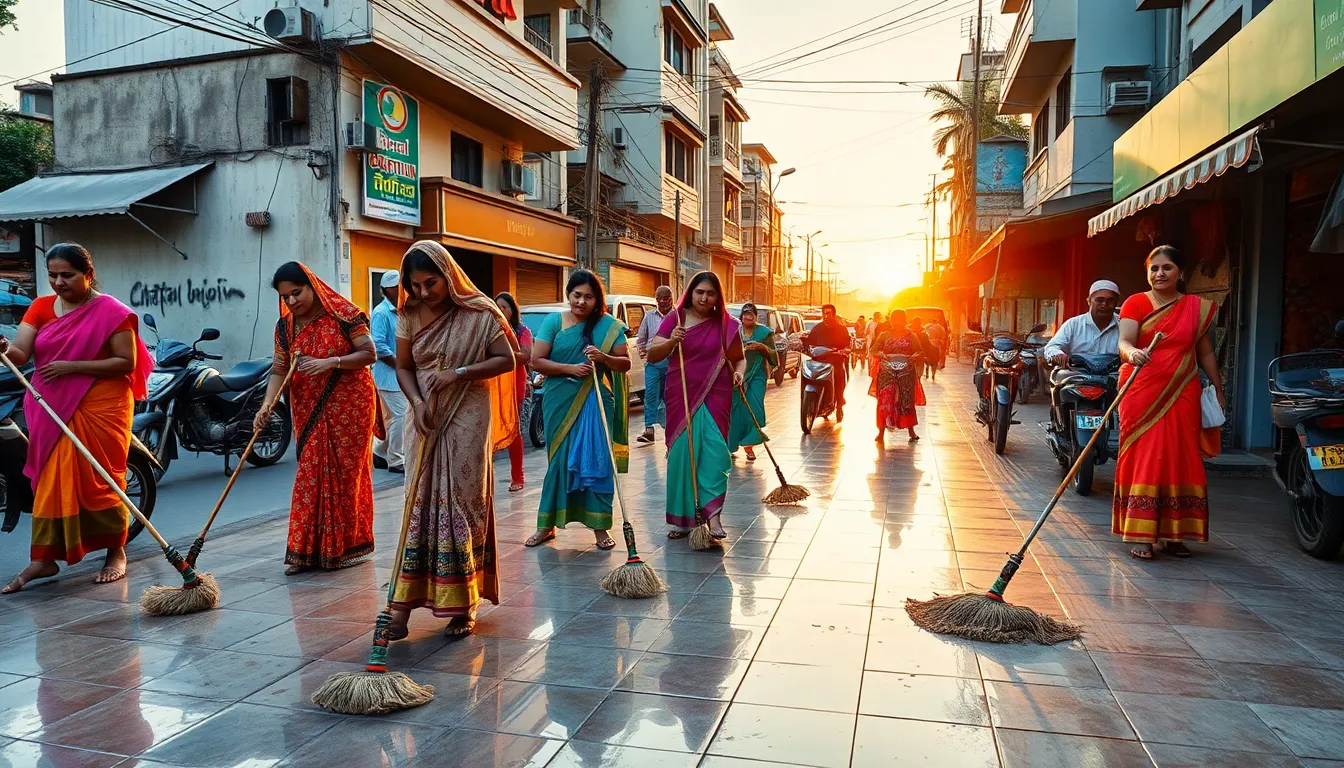A recent study by Dyson has revealed interesting insights about cleaning habits in India. Despite a strong passion for cleanliness, many traditional cleaning methods may not be as effective as people think. The global wet cleaning study found that while Indian households are cleaned frequently, the tools and techniques used might actually make the floors dirtier.
The study highlighted that 94.5% of Indian homes have hard floors made of tiles, stone, or wood. These materials can easily attract dirt and require regular wet cleaning. However, common cleaning tools like mops and cloths could be spreading dirt rather than removing it.
Indians are known for their dedication to cleanliness, but their methods differ significantly from those in countries like South Korea or Australia. In these countries, wet cleaning is often done more reactively, while in India, it is part of daily routines. Many Indian households still prefer traditional cleaning methods, relying heavily on mops, rags, or wet cleaners.
Despite their popularity, these tools come with challenges. One in three Indians say that wet cleaning takes too much time. In fact, 75% spend over an hour cleaning, with around 35 minutes dedicated to mopping floors. In the Asia-Pacific region, Indians use mops and wet cloths more than anyone else, yet only 33% find cloths or sponges effective for hard floors.
Additionally, 49% of people admit they do not change the cleaning water for each room. This means that dirty water and germs can spread from one area of the home to another, defeating the purpose of cleaning. Furthermore, 45% see stubborn stains as their biggest cleaning challenge, while 31% worry about slipping on wet floors.
With hard floors being so common, these concerns are significant. So, what do Indians want in a wet cleaner? Despite having a strong cleaning culture, awareness of modern wet cleaning machines is low in India compared to other Asia-Pacific countries. While 62% believe that vacuum cleaners with wet capabilities are the best solution, their usage remains limited.
As cleaning frequency increases, Indians are clear about their preferences: they want easy maintenance (32%), durable and high-quality design (28%), easy emptying and cleaning (25%), and a machine that can handle tough stains and spills (23%). Traditional tools like mops and wet cloths struggle to pick up larger or solid debris, often requiring sweeping and mopping to be done separately, doubling cleaning time. For busy urban households, this extended time commitment highlights the need for more efficient solutions that integrate dry and wet cleaning.
To address these issues, Dyson has introduced the Dyson Wash & Go, their first dedicated wet floor cleaner. This innovative machine combines decades of expertise in dust and liquid science to provide a thorough clean. It is designed to remove both wet and dry debris in one go. The Dyson Wash & Go uses advanced hydration, absorption, and extraction techniques to lift stubborn stains, spills, and hair while keeping floors cleaner for longer.
It features two counter-rotating, highly absorbent microfiber rollers that clean from all angles, providing faster and more complete deep cleaning. The machine removes stains in 30% less time and dries floors 80% faster compared to traditional mopping.
In conclusion, while Indians have a strong commitment to cleanliness, traditional methods might not be the most effective. The introduction of modern cleaning technology could change the way we think about cleaning our homes, making it more efficient and effective. This could lead to cleaner homes without the added hassle of traditional methods.


Leave a Reply